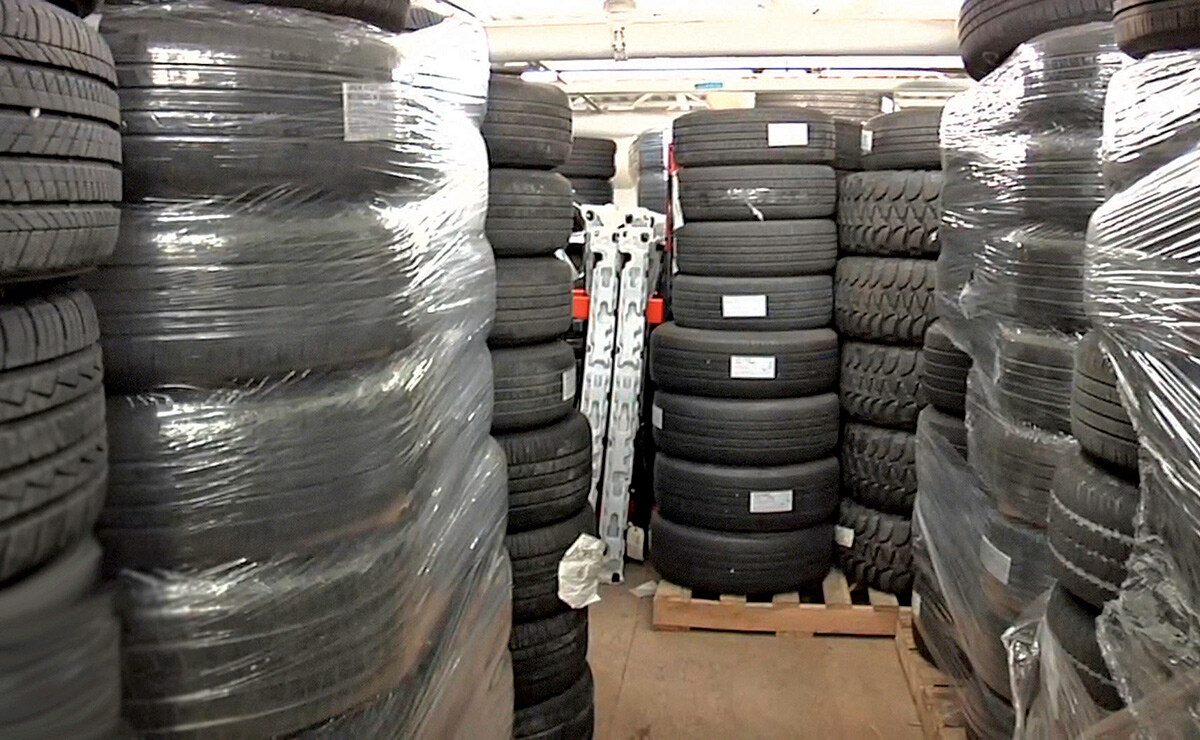

Articles
How To Store Snow Tires
Modified: January 6, 2024
Learn how to properly store your snow tires with our informative articles. Keep your tires in top condition and extend their lifespan.
(Many of the links in this article redirect to a specific reviewed product. Your purchase of these products through affiliate links helps to generate commission for Storables.com, at no extra cost. Learn more)
Introduction:
As winter comes to an end and the snow starts to melt away, it’s time to consider the storage of your snow tires. Snow tires play a crucial role in providing traction and control on icy and snowy roads, but when the spring season arrives, it’s important to properly store them to maintain their performance and longevity.
Storing snow tires correctly not only protects them from damage, but it also ensures that they will be ready to perform optimally when winter comes around again. In this article, we will guide you through the process of how to store snow tires effectively and safely.
By following these essential steps, you can prolong the lifespan of your snow tires, save money on replacements, and ensure your safety on winter roads for years to come. Let’s dive in!
Key Takeaways:
- Properly storing snow tires prolongs their lifespan, maintains performance, and protects against damage. Choose a clean, dry, and secure storage space, and follow the steps for cleaning, inspecting, and storing the tires to ensure optimal condition.
- Consider climate-controlled storage, label tires for easy identification, and avoid stacking heavy items on top. Protect valve stems, check tire pressure before reinstalling, and use tire covers for safe and convenient snow tire storage.
Read more: How To Store Snow Globes
Why Store Snow Tires:
One might wonder why it is necessary to store snow tires when they are designed specifically for wintertime road conditions. The answer lies in the unique composition and tread patterns of snow tires.
Snow tires are made with a special rubber compound that remains flexible and provides superior traction in cold temperatures. The aggressive tread patterns on snow tires allow for better grip on icy and snowy surfaces. However, these features that make snow tires effective in winter conditions can also lead to reduced performance and premature wear in the warmer months.
Storing snow tires during the non-winter seasons has several advantages:
- Prolongs the lifespan: Storing snow tires prevents them from experiencing unnecessary wear and tear during the warmer months. This can result in longer-lasting tires, saving you money on replacements.
- Maintains performance: Storing snow tires correctly ensures that the rubber compounds and tread patterns remain in optimal condition. This helps to preserve their traction and grip, ensuring they perform at their best when winter returns.
- Protects against damage: Storing snow tires in a designated space protects them from exposure to sunlight, extreme temperatures, and physical damage. This prevents cracks, warping, and other issues that can compromise their performance.
- Saves storage space: Snow tires take up a significant amount of space in your garage or storage area. By storing them properly, you can free up valuable space for other items.
Proper storage of snow tires not only ensures their longevity but also gives you peace of mind that they will be ready to tackle the winter conditions when needed. Now that we understand the importance of storing snow tires, let’s explore the steps to do so effectively.
Choosing the Right Storage Space:
When it comes to storing snow tires, choosing the right storage space is crucial in ensuring their safety and longevity. Here are a few key factors to consider when selecting a storage space for your snow tires:
- Clean and Dry: Look for a storage area that is clean and dry. Moisture can cause damage to the tires and promote the growth of mold and mildew. Ensure that the storage space is free from any leaks or dampness.
- Cool and Stable Temperature: Extreme temperature fluctuations can have a negative impact on the rubber compounds of the tires. Find a storage space that maintains a cool and stable temperature throughout the year. Avoid spaces that are subject to direct sunlight or extreme heat.
- Adequate Space: Select a storage space that provides enough room to store your snow tires without any unnecessary compression or bending. You want to maintain the shape of the tires and prevent damage to the sidewalls or tread.
- Secure: Ensure that the storage space is secure, protecting your tires from theft or damage. Whether it’s a locked garage, a storage locker, or a designated area in your basement, choose a space where you can have peace of mind knowing your tires are safe.
Once you have identified a suitable storage space, it’s time to prepare your tires for storage by cleaning and inspecting them.
Cleaning and Inspecting Tires:
Before storing your snow tires, it is essential to clean and inspect them thoroughly. This ensures that you remove any dirt, debris, or contaminants that can potentially damage the tires during storage and affect their performance in the next winter season. Here’s a step-by-step process for cleaning and inspecting your snow tires:
- Remove the tires: Start by removing the snow tires from your vehicle. This can be done by following the instructions provided in your vehicle’s owner’s manual or seeking professional assistance if needed.
- Clean the tires: Use a gentle cleaning solution, such as mild dish soap mixed with water, to clean the tires thoroughly. Avoid using harsh chemicals or abrasive cleaners, as they can damage the rubber. Scrub the tires with a soft brush or sponge to remove any dirt, salt, or grime that has accumulated during the winter months.
- Rinse and dry: Rinse the tires with clean water to remove any traces of the cleaning solution. Make sure to rinse all areas, including the sidewalls and treads. After rinsing, dry the tires completely using a clean towel or allow them to air-dry. Ensure that there is no moisture left before proceeding to the inspection step.
- Inspect for damage: Thoroughly inspect the tires for any signs of damage or wear. Look for cuts, bulges, cracks, or any irregularities in the tread pattern. If you notice any significant damage or wear, it may be time to replace the tires. Consult a professional tire specialist if you are unsure about the condition of your tires.
- Measure tread depth: Using a tread depth gauge, measure the depth of the tire tread. This will give you an idea of how much life is left in the tires and whether they will be suitable for use in the next winter season. Refer to your tire manufacturer’s recommendations for minimum tread depth requirements.
By following these steps, you can ensure that your snow tires are clean, free from any debris, and in good condition for storage. Once you have inspected the tires, the next step is to remove them from the wheels before storing them.
When storing snow tires, make sure to clean them thoroughly to remove any dirt or debris. Store them in a cool, dry place away from direct sunlight and sources of heat to prevent premature aging and cracking. Consider using tire storage bags to keep them protected during the off-season.
Removing Tires from Wheels:
Before storing your snow tires, it is recommended to remove them from the wheels. This step helps to prevent the weight of the vehicle from causing unnecessary strain and deformation on the tires over an extended period. Here are the steps to remove tires from wheels:
- Gather the necessary tools: You will need a tire iron or lug wrench to loosen the lug nuts, a jack to lift the vehicle, and jack stands to provide stability and safety during the process.
- Loosen the lug nuts: Use the tire iron or lug wrench to loosen the lug nuts on each wheel. Loosen them in a diagonal pattern (e.g., loosening the top left, then the bottom right, and so on) to ensure even pressure distribution.
- Jack up the vehicle: Position the jack in the recommended lifting points as indicated in your vehicle’s owner’s manual. Carefully lift the vehicle until the tires are off the ground. Place jack stands under the vehicle to provide additional support.
- Remove the lug nuts and wheels: Completely remove the lug nuts and gently slide off each wheel. Keep the lug nuts in a safe place, as they will be needed when reinstalling the tires. Set the wheels aside in a clean and secure area.
- Inspect the wheels: While the tires are off, take the opportunity to inspect the wheels for any damage, such as bent rims or cracks. If you notice any significant issues, have them addressed before reinstalling the tires.
By removing the tires from the wheels, you can ensure that the weight is evenly distributed, and the tires maintain their shape during storage. With the tires removed and inspected, it’s time to move on to the next step: storing the tires properly.
Read more: How To Store Winter Tires
Storing Tires Properly:
Proper storage of snow tires is essential to maintain their condition and performance during the off-season. By following these steps, you can ensure that your tires remain in optimal shape until the next winter rolls around:
- Clean and dry: Ensure that the tires are clean and fully dry before storing them. Any moisture left on the tires can lead to mold or mildew formation. Use a towel or allow them to air-dry completely.
- Keep them upright: Store your snow tires in an upright position, preferably on a tire rack or stand. This helps to maintain their shape and prevent deformation. If space is limited, you can stack the tires horizontally but make sure to place a piece of cardboard or a tire mat between each tire to prevent them from sticking together.
- Avoid direct contact with the ground: It is advisable to avoid storing tires directly on the ground or concrete floor, as this can lead to moisture absorption and potential damage. Use a pallet, tire rack, or even stack them on a sturdy cardboard surface to keep them elevated.
- Protect from sunlight: Sunlight and UV rays can degrade the rubber compounds of the tires over time. Store the tires in a dark or dimly lit area, away from direct sunlight or sources of heat. If sunlight exposure is unavoidable, cover the tires with an opaque tarp or tire bags to minimize UV damage.
- Avoid extreme temperatures: Extreme temperatures can adversely affect tire performance and longevity. Store the tires in a space that maintains a consistent temperature, away from sources of heat or cold. Extreme heat can cause the rubber to deteriorate, while extreme cold can make the rubber brittle.
- Rotate periodically: If you are storing your snow tires for an extended period, it is recommended to rotate them every 1-2 months. This helps to prevent flat spots from forming and ensures even wear over time. Simply swap the position of each tire to distribute the weight evenly.
By following these storage guidelines, you can ensure that your snow tires remain in optimal condition for the next winter season. However, there are some additional tips to keep in mind for safe and convenient storage.
Tips for Safe and Convenient Storage:
When it comes to storing snow tires, there are a few additional tips that can help to ensure safe and convenient storage. Consider the following suggestions:
- Label your tires: To easily identify your snow tires, label each tire with a marker or use a color-coded system. This will help you keep track of the position and rotation of the tires.
- Store in a controlled environment: If possible, store your snow tires in a climate-controlled environment, such as a basement or temperature-controlled garage. This helps to minimize the impact of temperature fluctuations.
- Avoid stacking heavy items on top: When storing your snow tires, avoid placing heavy items on top of them. Excessive weight can cause damage or deform the tires.
- Check tire pressure before reinstalling: Before reinstalling your snow tires for winter use, check the tire pressure and adjust it to the recommended specifications. This ensures proper inflation and optimal performance.
- Keep tires away from chemicals: Avoid storing your snow tires near any chemicals or substances that can potentially damage the rubber, such as harsh solvents, gasoline, or oil.
- Protect the valve stems: To prevent air loss, consider placing valve stem caps on each tire. This helps to keep dust and debris out of the valve stems.
- Consider tire covers: If storing your tires outdoors or in a dusty environment, consider using tire covers to protect them from dirt, dust, and UV rays. This extra layer of protection can help to prolong their lifespan.
Following these tips will ensure that your snow tires are stored safely and conveniently, ready for when winter arrives again. By taking the time to store them properly, you can maintain their performance and longevity, saving you money in the long run.
Remember, if you have any concerns or are unsure about any aspect of storing your snow tires, it is always best to consult with a tire professional for expert guidance and advice.
With these steps and tips in mind, you are now ready to store your snow tires properly, ensuring their safety and performance until the next winter season. Happy storing!
Conclusion:
Proper storage of snow tires is a crucial step in maintaining their performance and longevity. By following the steps outlined in this article, you can ensure that your snow tires are stored safely and conveniently until the next winter season.
Remember to choose a suitable storage space that is clean, dry, and has a stable temperature. Clean and inspect your tires before storing them, removing any dirt or debris. Removing the tires from the wheels helps to prevent unnecessary strain and deformation.
Store the tires upright or stacked with a barrier in between to protect them from sticking together. Avoid direct sunlight, extreme temperatures, and contact with the ground. Rotate the tires periodically and label them for easy identification.
Additionally, consider storing your snow tires in a climate-controlled environment and check the tire pressure before reinstalling them for use. Protect the valve stems and consider using tire covers to shield them from dust and UV rays.
By taking these steps and following the tips provided, you can ensure that your snow tires remain in optimal condition, saving you money on replacements and ensuring your safety on winter roads for years to come.
Don’t overlook the importance of proper snow tire storage. By investing a little time and effort now, you can enjoy the benefits of reliable traction and control when winter returns. Happy storing!
Frequently Asked Questions about How To Store Snow Tires
Was this page helpful?
At Storables.com, we guarantee accurate and reliable information. Our content, validated by Expert Board Contributors, is crafted following stringent Editorial Policies. We're committed to providing you with well-researched, expert-backed insights for all your informational needs.


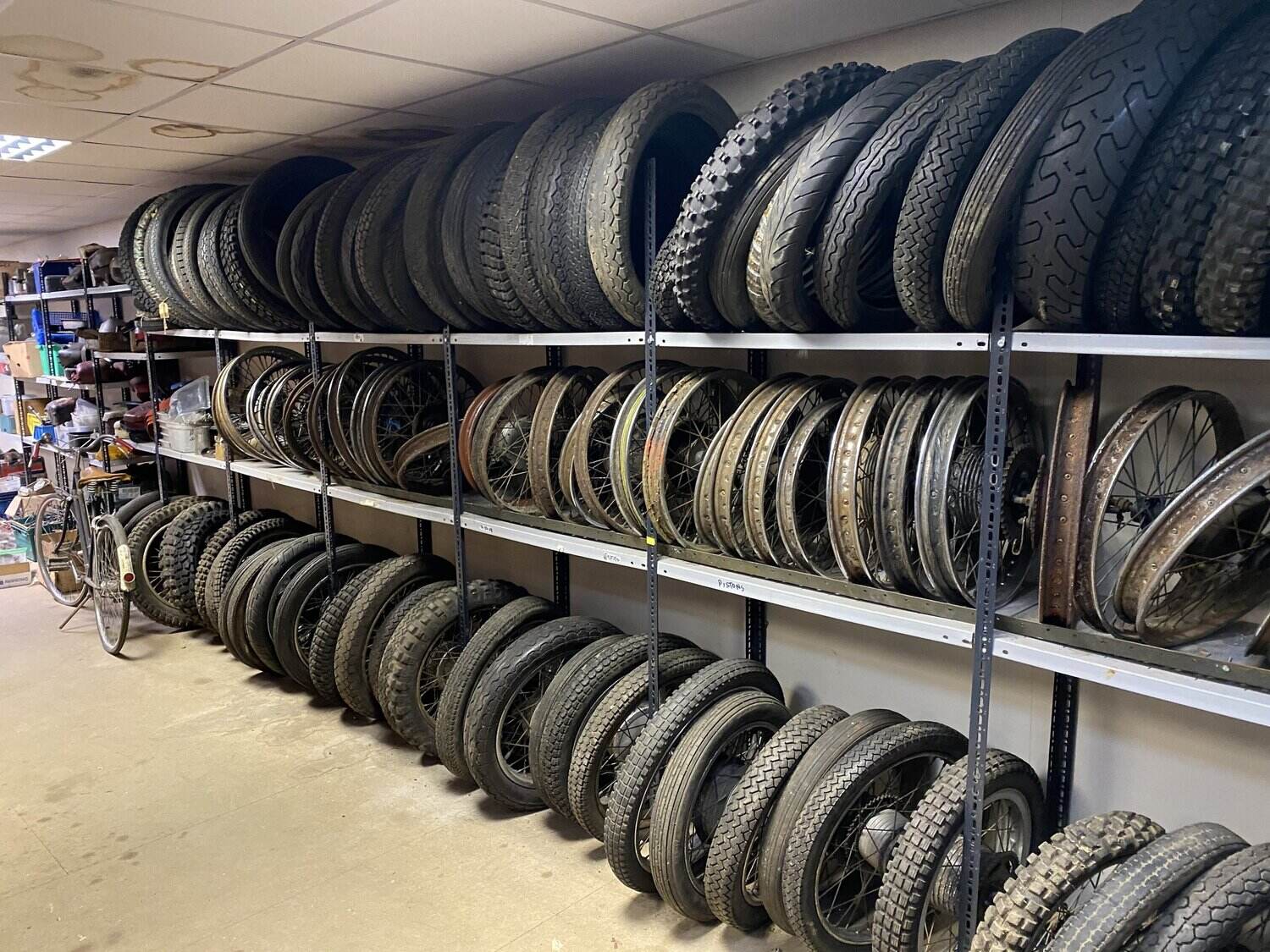

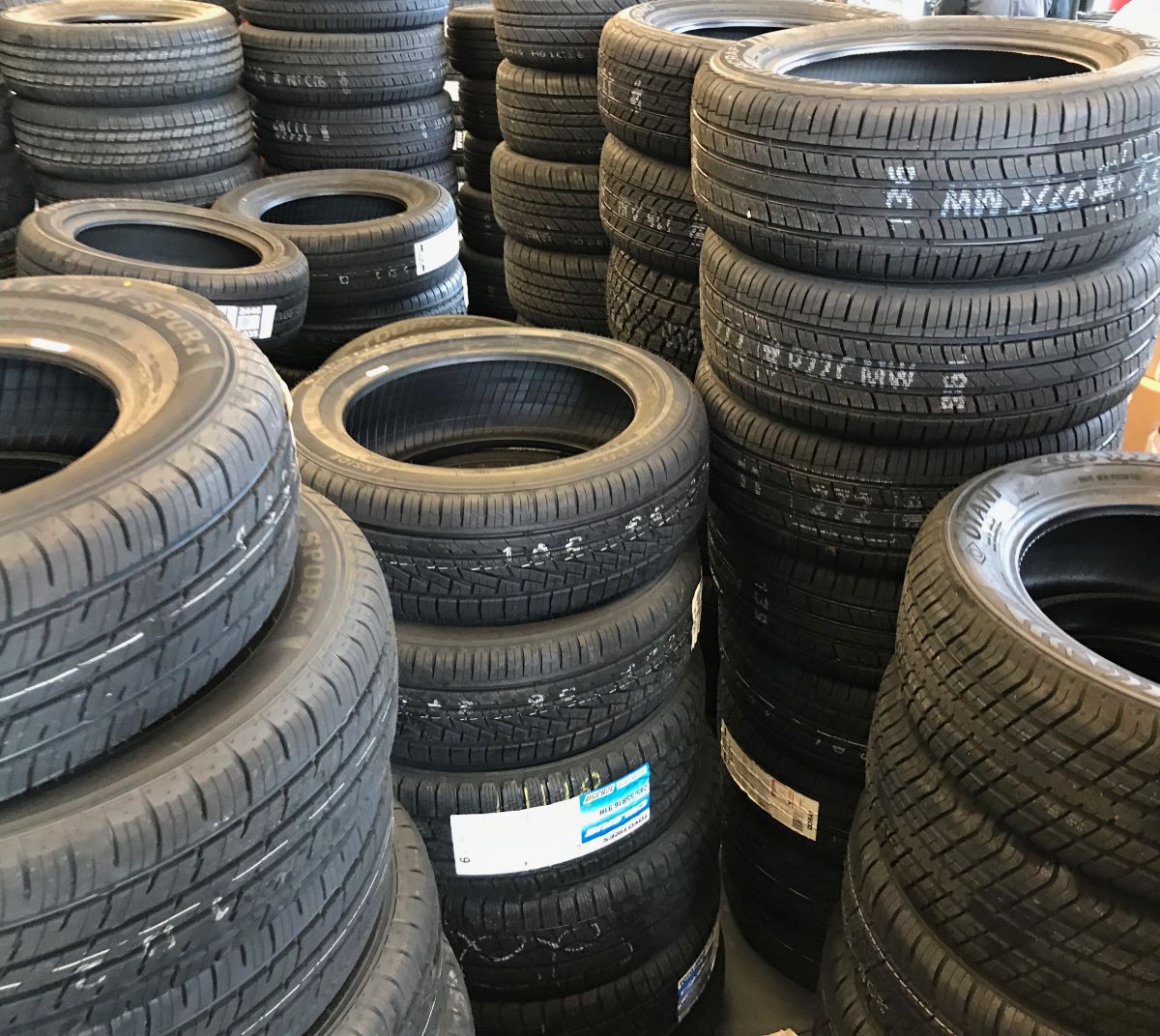
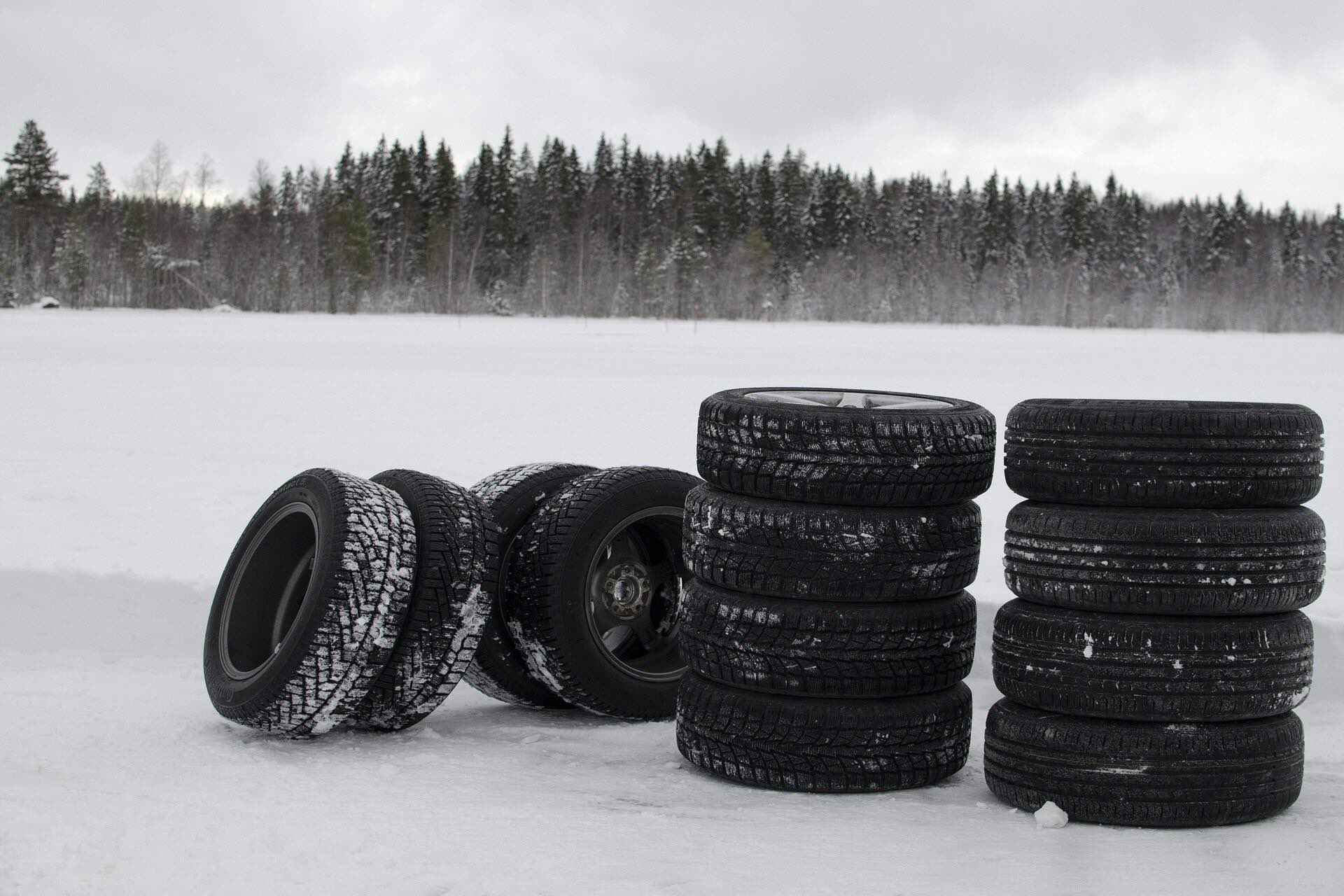
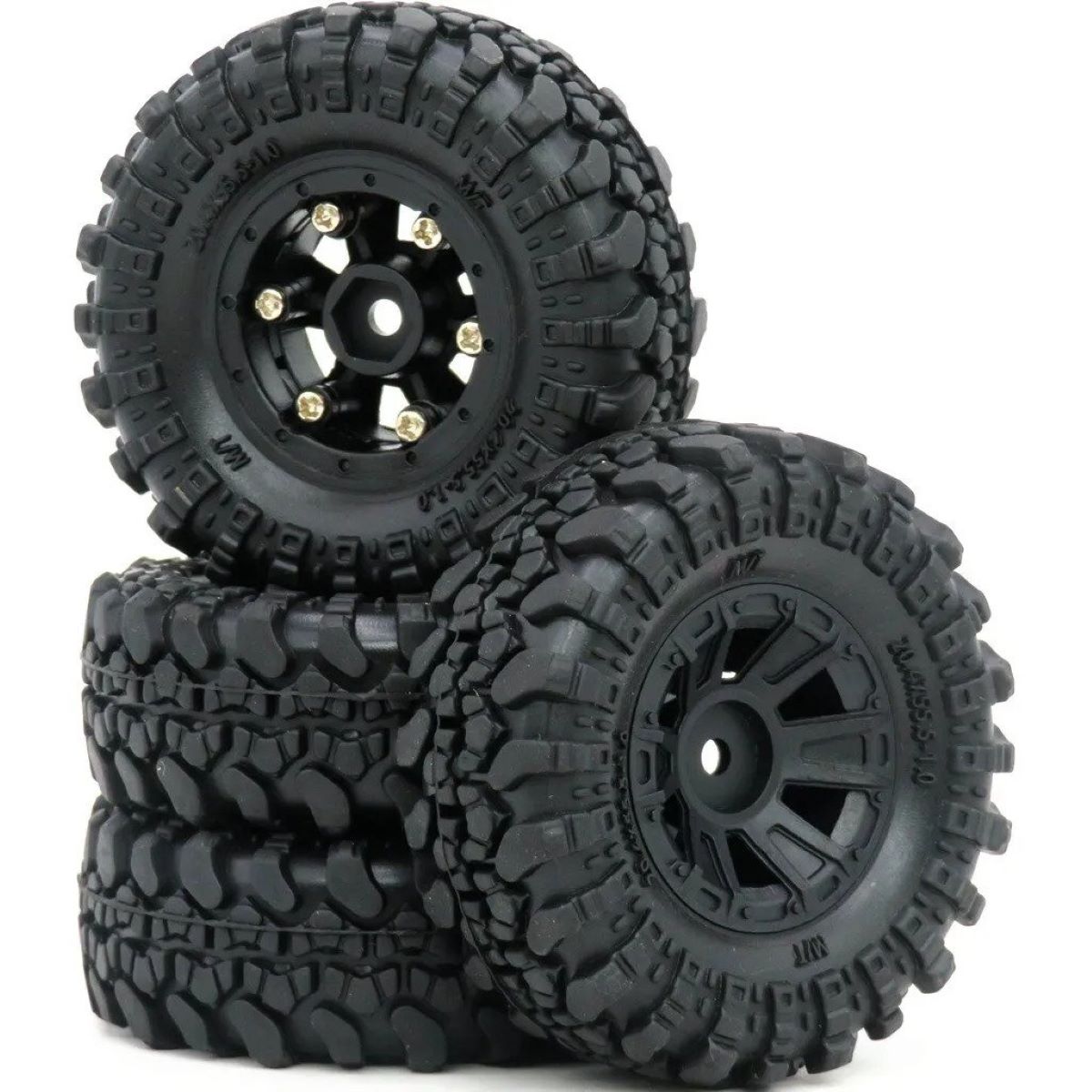


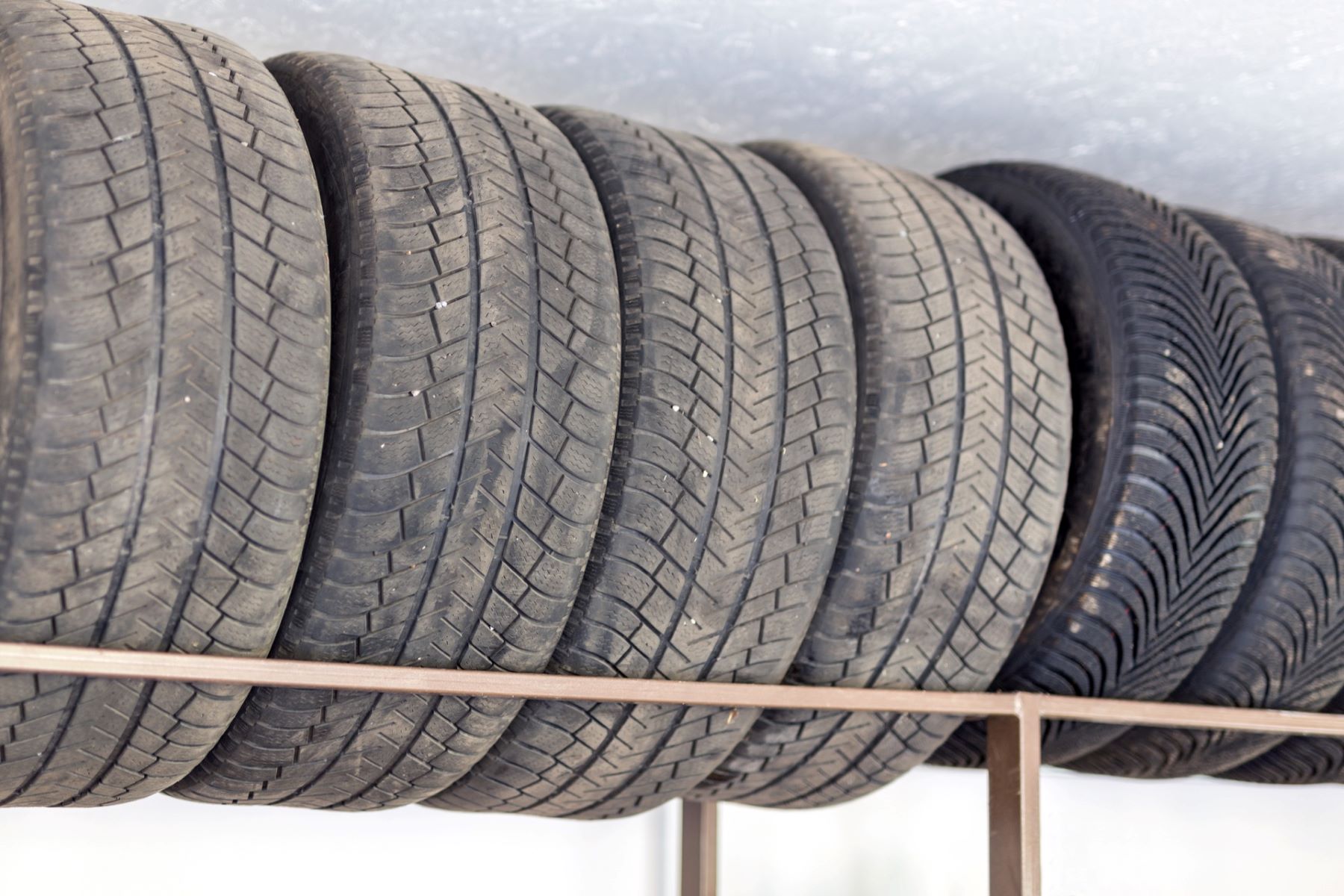





0 thoughts on “How To Store Snow Tires”